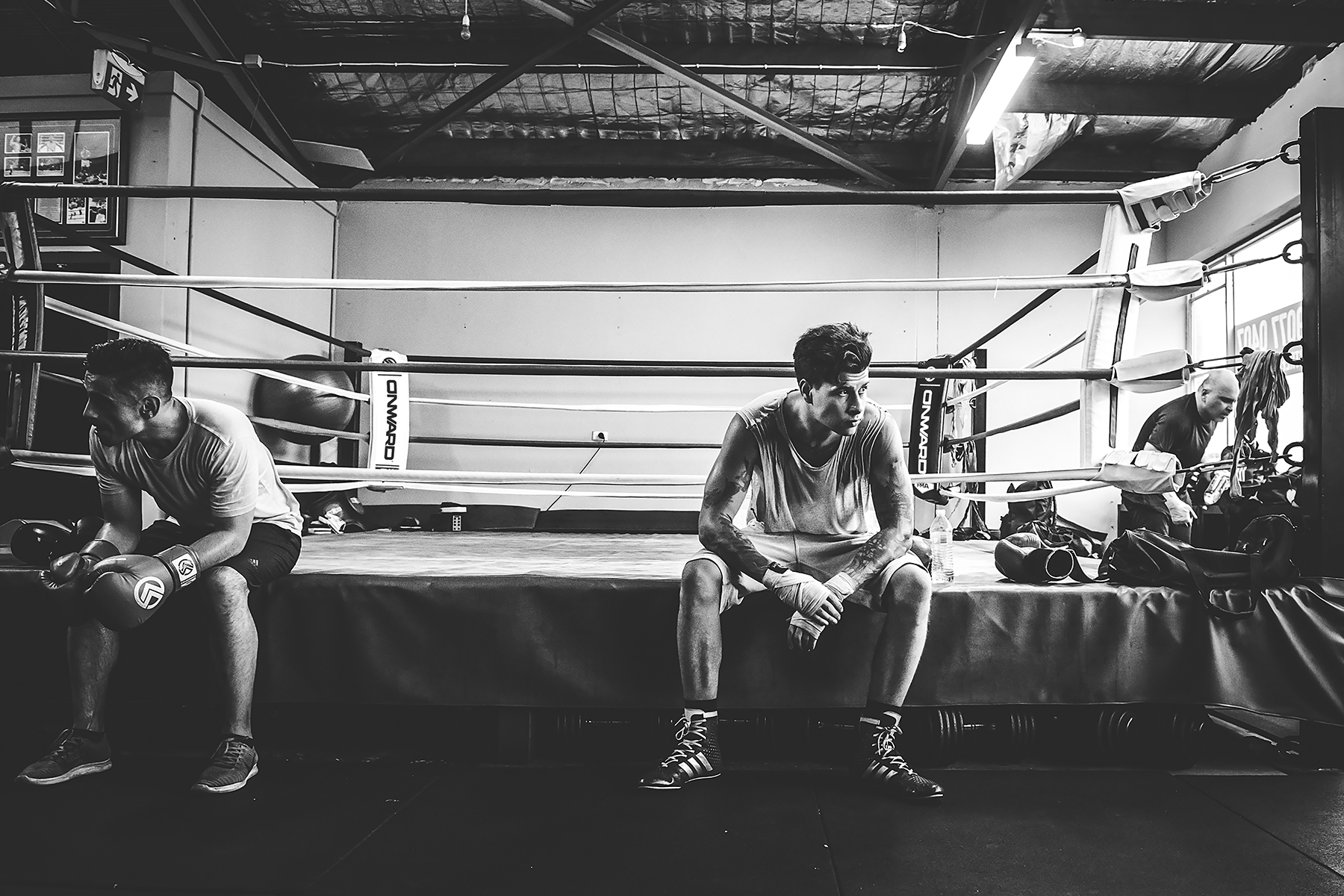Boxing: can the sport help turn young men away from violent crime?
Boxing is often praised as a way of teaching discipline, anger management and teamwork. Now, with violent crime on the rise - especially among young men and boys – the sport is being used to support those at risk of being drawn into crime and gang activity.
There is a lack of clear evidence regarding the sport's capacity to prevent crime and promote community cohesion. Boxing, in particular, divides opinion: for some, it provides an opportunity for young men in particular to escape a life of crime. Others maintain that the sport breeds violence.
To make the most of the positive opportunities that boxing can provide to young people, it's crucial to understand the context of the sport.
Escape to the gym
The boxing gym can be a shield against the temptations and dangers of the street. The gym can represent "an island of stability and order", which promises to assist with the complicated and sometimes chaotic lives of those who attend.
Boxing is a complicated sport, and boxing gyms define themselves as places that can drive positive change, while simultaneously reflecting the "neighbourhood and grim realities of the ghetto".
One only has to look at the range of films – Rocky, Creed and Southpaw to name but a few – to see how the gym is respected as a place for all to build friendships, find meaning and direction and escape the realities of poverty and street violence. But can it stop them being the victims or perpetrators of violent crime?
While the local boxing gym is often viewed as an ideal place to combat social problems such as gangs, it's essential to think about what boxing teaches people.
Respect or retribution?
Young men speak of the value they place on the ideas of respect and masculinity, which for them are strongly associated with boxing. When exploring what support they may need to cease from offending behaviours, they speak of "being part of something", "having a routine", combined with "respect and confidence" and "discipline".
It's fair to say that boxing teaches young individuals discipline, dedication and respect; nevertheless, it also teaches them how to fight. Not every boxer uses their skills to fight outside of the gym – but more attention needs to be paid to those who do.
While boxing is great at diverting young people during periods when they might otherwise get involved in criminal activity, the messages passed down in the gym can sometimes reinforce the view that violence is a practical solution to a problem.
Hyper-masculine talk – which advocates pride and total respect – arguably contributes towards this. Some of the messages being transmitted in boxing gyms exclude women, promote homophobia and bear similarities to attitudes that can also be heard on the street – attitudes that promote violent retaliation, as a way to gain "respect"—for example, using words such as "gay" or "girl" to emphasise cowardly behaviour, as opposed to "warrior" and "gladiator" to emphasise bravery.
Boxing can indeed be an excellent hook for change: it gives young people a place to hang out and develop themselves, while also diverting those who might otherwise get involved in crime. But to harness its full potential, we need a better understanding of whether and how it is useful as a sport that can reduce violent crime. Funding should be made available to evaluate local boxing programmes and identify good and bad practice, to avoid a "one-glove-fits-all" policy that promotes boxing as a means of crime.





Leave a comment